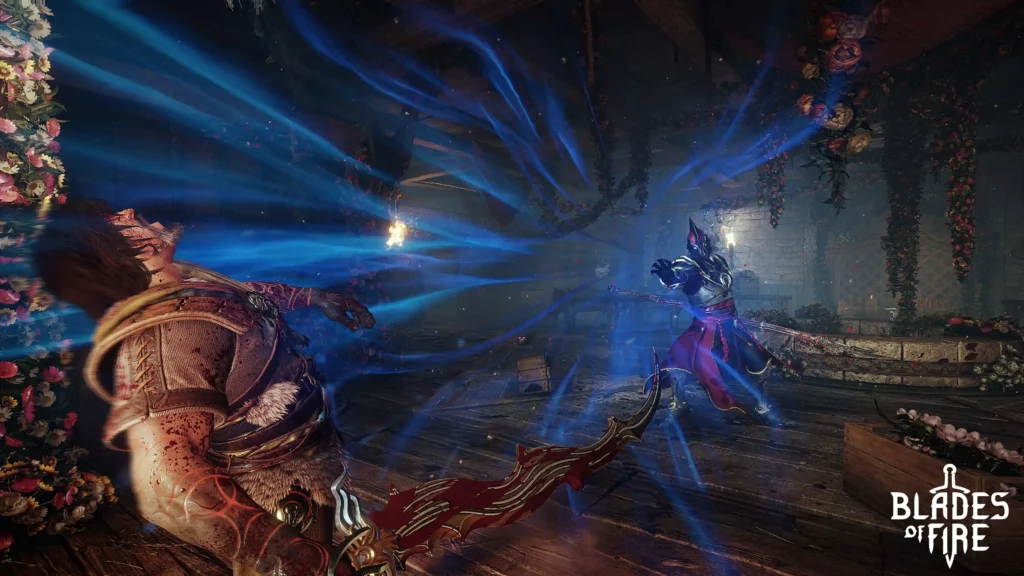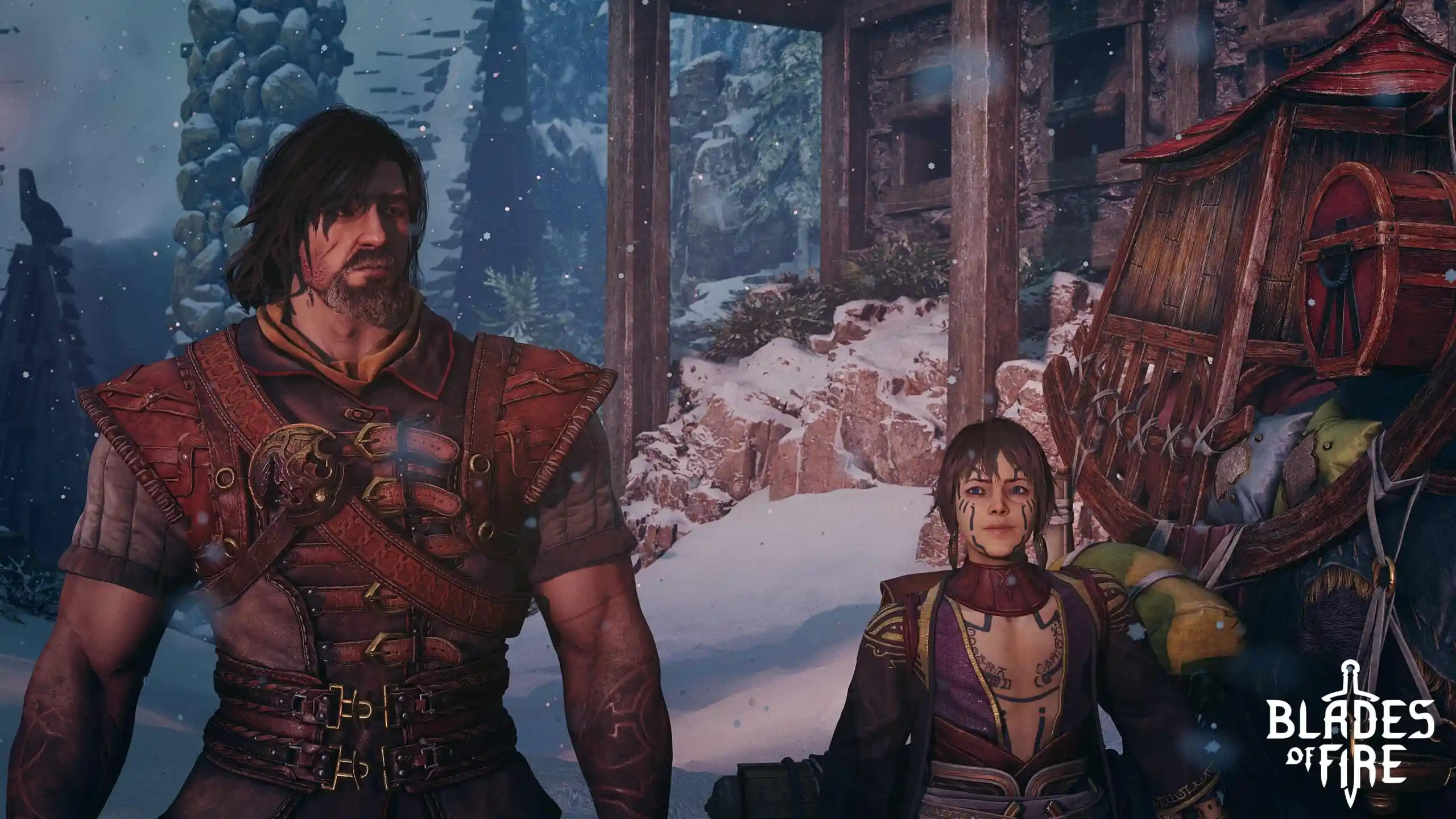Developer Mercury Steam, renowned for creating Castlevania: Lords of Shadow in 2010 and the acclaimed Metroid Dread, has delivered their latest creation: Blades of Fire. This demanding action-adventure RPG incorporates Soulslike mechanics alongside an intricate weapon-forging system that adds depth to the combat experience.
The game presents a formidable challenge from the outset. Players find themselves immediately thrown into intense combat scenarios with minimal tutorial guidance. Enemies possess the ability to quickly overwhelm unprepared adventurers, making strategic thinking and precise timing absolutely crucial for survival. Additionally, mastering the weapon creation system becomes essential for maximizing damage output against increasingly difficult foes.
For newcomers venturing into this unforgiving world, understanding key mechanics and strategies can mean the difference between triumph and repeated failure. These fundamental tips will help establish a solid foundation for success in the early stages of the adventure.
Master Your Arsenal with Diverse Weapon Selection
Understanding Weapon Variety’s Critical Importance
Maintaining a diverse collection of weapons represents one of the most fundamental survival strategies in Blades of Fire. While this concept might appear straightforward, the reality proves far more nuanced than simply collecting different weapon types. Every enemy encounters specific vulnerabilities and resistances that can dramatically affect combat outcomes.
The game provides clear visual indicators to help identify these weaknesses. When targeting an enemy, cycling through available weapons reveals important information through color-coded outlines. A green outline signals that the selected weapon will deal enhanced damage to that particular foe. Yellow outlines indicate neutral effectiveness, meaning the enemy has neither weakness nor resistance to the chosen weapon. Red outlines serve as warnings that the enemy will resist damage from the equipped weapon.
Avoiding Weapon Degradation Through Smart Choices
Paying attention to red outlines becomes particularly crucial because attacking resistant enemies not only reduces damage output but also degrades weapon durability. This mechanic adds strategic depth to combat encounters, as players must balance immediate survival needs against long-term weapon preservation.
Optimize Your Gaming Experience with Smart Settings

Navigate More Effectively with Objective Indicators
Blades of Fire initially presents players with a minimalist approach to objective tracking. The game does not automatically display quest markers or directional indicators for the next goal. However, accessing the settings menu reveals an option labeled “Show next objective” that can significantly improve navigation.
This feature requires manual activation each time players reach a new objective, which may seem inconvenient but proves invaluable when confusion arises about the next destination. For players who prefer clear direction in their adventure, enabling this setting eliminates unnecessary wandering and frustration.
Enhance Combat Awareness with Visual Aids
The settings menu also contains valuable options for improving combat effectiveness. The “Enemy Outline” feature allows players to customize how enemy weaknesses appear during combat. When activated, this system provides constant visual feedback about weapon effectiveness against targeted foes.
The “Outline Intensity” slider offers further customization by adjusting the boldness of these visual indicators. Setting this to maximum intensity ensures clear visibility of enemy weaknesses, particularly during chaotic battle sequences where quick weapon switching can determine survival.
Maximize Resource Gathering Through Environmental Destruction
Embrace the Destruction Mindset
Following traditional Soulslike conventions, Blades of Fire features enemy respawning whenever players rest at save points. This mechanic creates ongoing opportunities for material gathering through repeated combat encounters. However, an equally important resource collection method involves systematic destruction of environmental objects.
Breaking every discoverable box, barrel, and destructible container should become standard practice throughout the adventure. While not every destroyed object yields valuable materials, the cumulative effect over extended play sessions provides substantial resource gains that support the weapon crafting system.
Risk-Free Resource Collection
Environmental destruction offers a significant advantage over combat-based resource gathering: it causes no weapon degradation. Unlike striking enemies, which gradually wears down weapon durability, destroying containers and objects maintains equipment condition while still providing materials. This mechanic removes any hesitation about thorough environmental exploration and destruction.
Embrace Difficulty Options Without Shame
Understanding Soulslike Accessibility
The Soulslike genre has evolved to include more accessible difficulty options while maintaining its core challenging identity. Blades of Fire follows this trend by offering three distinct difficulty levels: Bronze, Iron, and Steel. Each setting affects various gameplay elements including enemy damage output, player recovery rates, and weapon repair costs.
Bronze Difficulty Maintains Challenge
Even the easiest Bronze difficulty setting preserves the essential Soulslike experience while making it more approachable for struggling players. Enemies continue to pose significant threats, stamina management remains crucial, and death carries meaningful consequences. The core challenge that defines the genre stays intact while reducing some of the more punishing elements.
The difficulty selection affects multiple gameplay systems beyond simple damage scaling. Recovery time between healing actions changes based on the chosen setting, as do the resource costs associated with weapon maintenance and repair. Players seeking maximum challenge can select higher difficulties, while those preferring a more manageable experience can opt for Bronze without sacrificing the fundamental gameplay experience.
Finding the Right Balance
The game’s approach to difficulty demonstrates that accessibility and challenge can coexist effectively. Players no longer need to endure overwhelming frustration to experience the satisfaction of overcoming difficult encounters. The various difficulty options ensure that more players can enjoy the strategic combat and weapon crafting systems that make Blades of Fire unique.
This flexibility allows players to focus on mastering the game’s complex mechanics without being constantly overwhelmed by punishing difficulty spikes that might otherwise discourage continued play.
